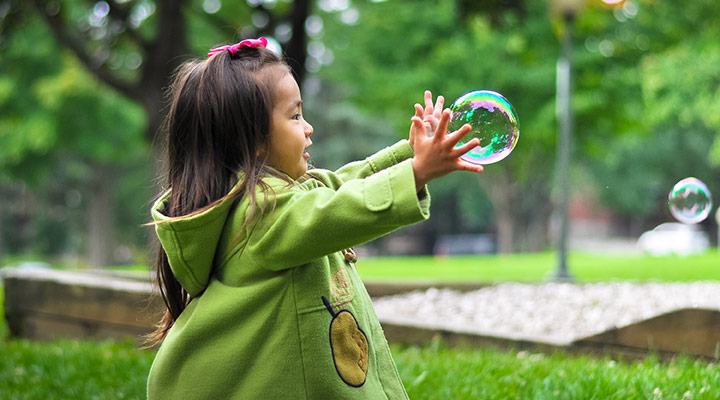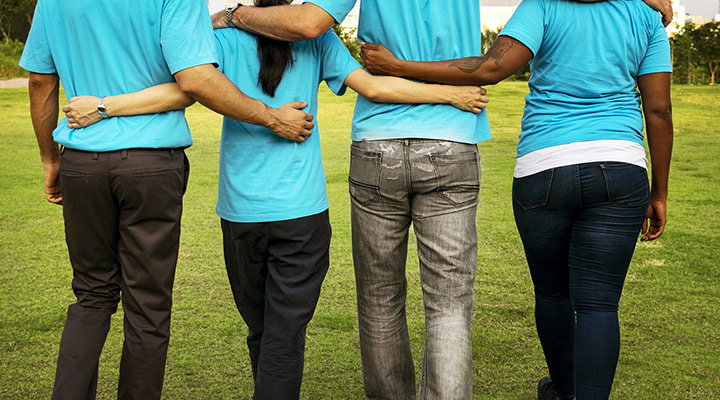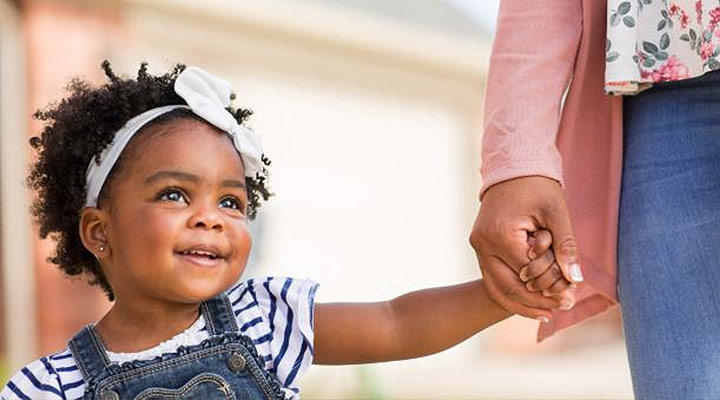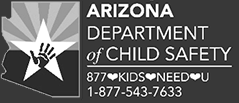Providing foster care for a newborn is labor-intensive and demanding, but there’s great satisfaction in understanding the safety foster homes provide to vulnerable infants. Some of the youngest children in foster care have only been outside their mother’s womb for a few days.
It is estimated that approximately 50,000 infants enter the foster care system every year. When we review the sobering statistics, the youngest infants entering foster care are among the safest children their age.
Children in the first year of life have the highest rate of child abuse and neglect (25.7 per 1,000 children) and account for almost half of child fatalities (45.4 percent) (U.S. Department of Health and Human Services 2021). Parental alcohol or drug use is associated with foster care placement for more than half of infants entering foster care (52 percent) (Young 2021).
If you’ve experienced a home study for foster care licensing, you understand the rigorous safety standards required for foster homes here in Arizona. Safety is one of the core values of The Arizona Department of Child Safety (AZDCS): “We are safety experts. We create physically and psychologically safe environments for children, families, caregivers, staff, and service providers” (AZDCS 2023 Strategic Plan).
While keeping children safe is a year-round priority for parents and foster parents, the Juvenile Products Manufacturers Association has designated the ninth month of the year as National Baby Safety Month. This makes September an ideal time to make sure your home is baby-proof.
Baby-Proofing Starts from the Ground Up
The best way to baby-proof is to start on your hands and knees! Yes, it sounds silly. But assessing your home from a baby’s perspective is the best way to spot potential hazards you may otherwise miss.
Start with the basics, including covering exposed electrical sockets, securing loose or hanging cords from blinds and lamps, securing fastening bookcase and dressers to the wall, covering sharp edges with corner protectors and installing child-proof gates on stairways and doorways.
Create a Safe Sleep Environment
Babies spend a lot of time sleeping during the first year, which allows them to grow and provides some needed respite for parents and caregivers. However, approximately 3,500 infants die each year from sleep-related causes such as suffocation, entrapment, strangulation and Sudden Infant Death Syndrome (SIDS). Many of these tragic deaths are preventable if proper sleep safety protocols are followed:
- Lay babies down on their backs during the first year unless otherwise instructed by a physician
- Place cribs a safe distance away from windows or furniture, away from strings or cords
- Remove any suffocation hazards from the crib, including thick blankets, pillows, and stuffed animals
- Use a firm mattress that fits snugly against the sides of the crib
- Do not use cribs more than 10 years old unless the crib meets 2011 safety standards established by the U.S. Consumer Product Safety Commission
- Make sure the crib is properly assembled according to the manufacturer’s instructions
Bath Time Safety
Babies can drown in one inch of water, and it only takes seconds for a tragedy to occur. Following these simple suggestions can make bath time safe and enjoyable for parents and babies:
- Set the hot water heater no higher than 120° F
- After filling the tub, use your wrist to check the water temperature
- Assemble bathing supplies before bringing the baby into the bathroom
- NEVER leave a baby or young child alone in the bathtub for any reason
- Install toilet lid locks if there are toddlers in the home and keep the lids closed when not in use
- Install cabinet locks on bathroom cupboards and drawers
- Lock medicine cabinets within reach of children
When it comes to protecting the little ones entrusted to us, Ben Franklin’s famous words ring true: An ounce of prevention is worth a pound of cure.














